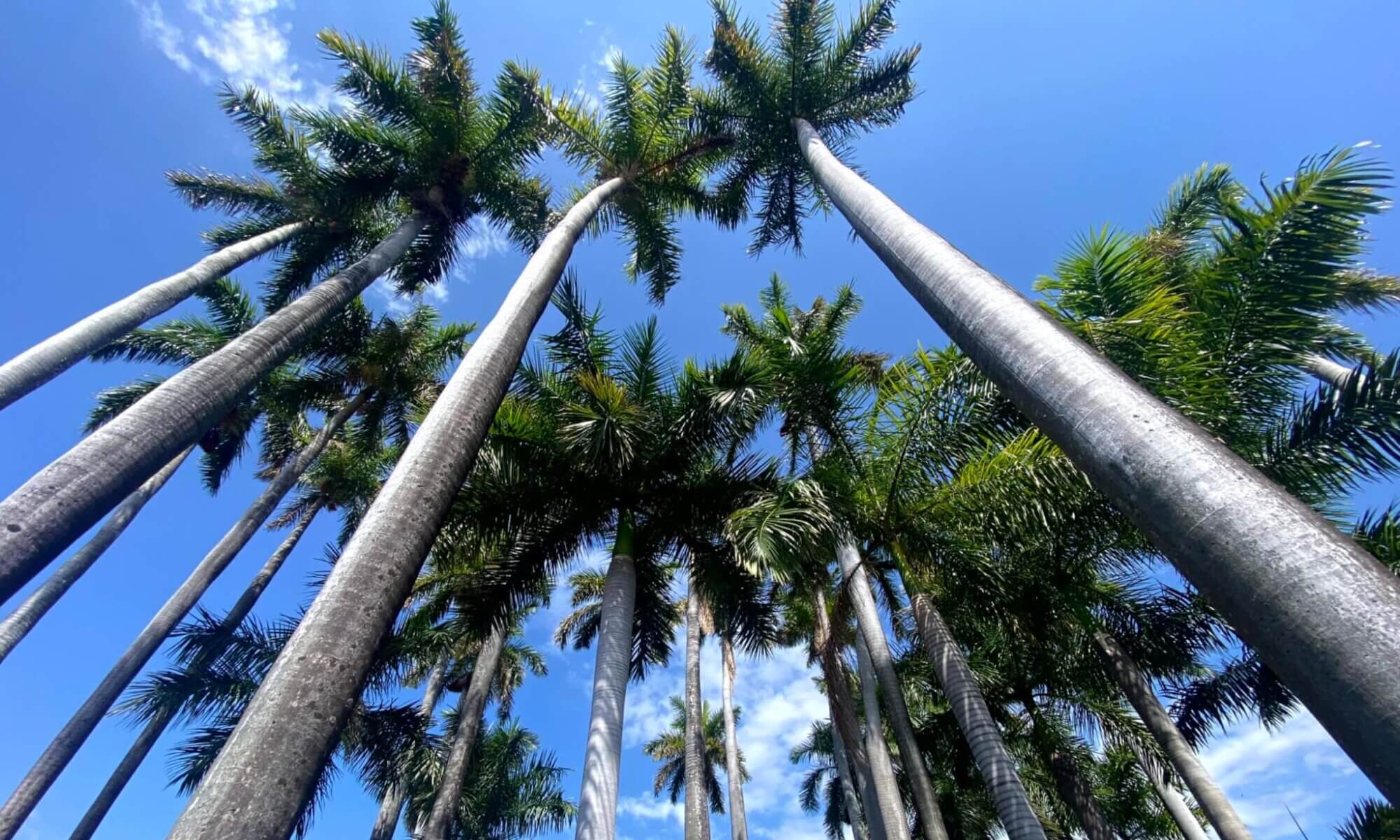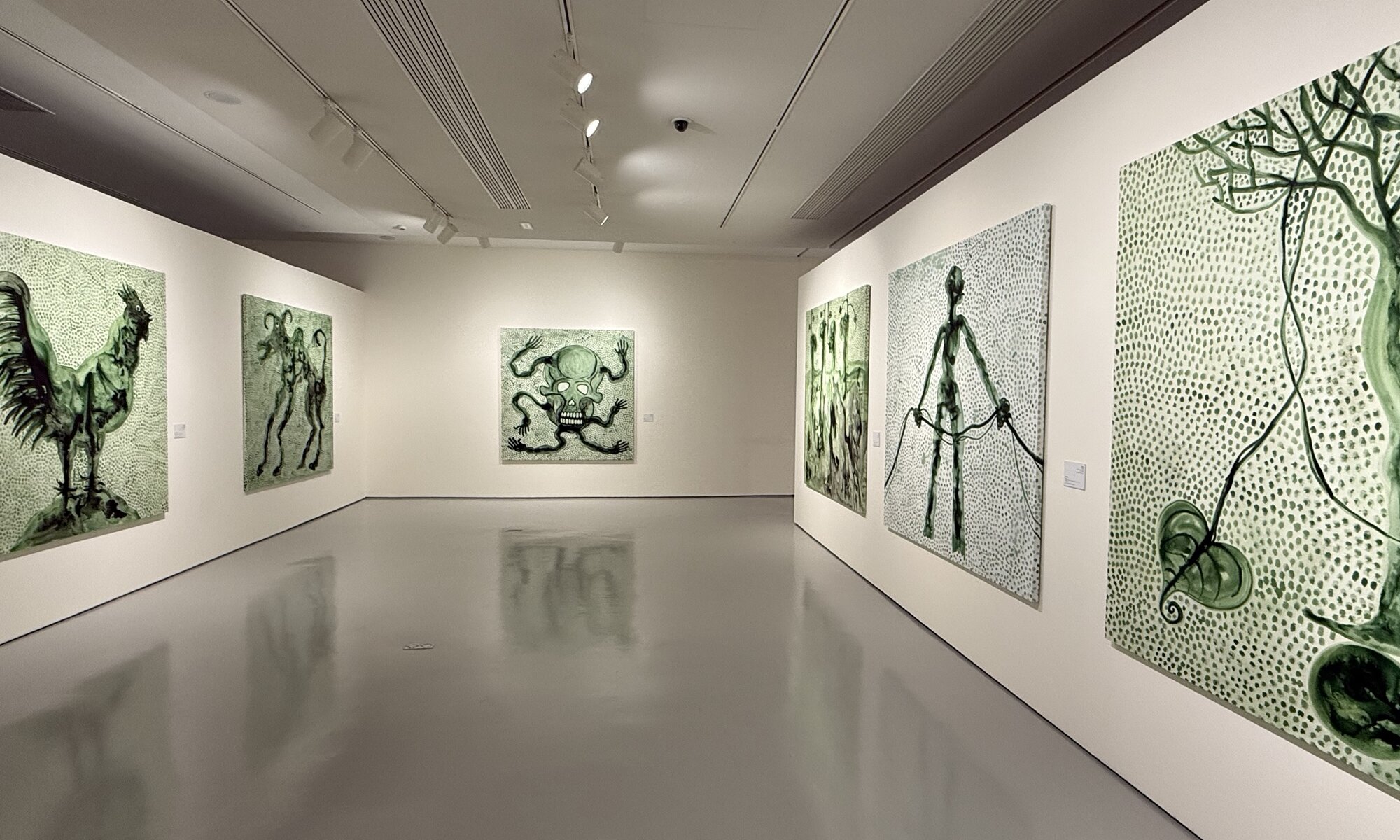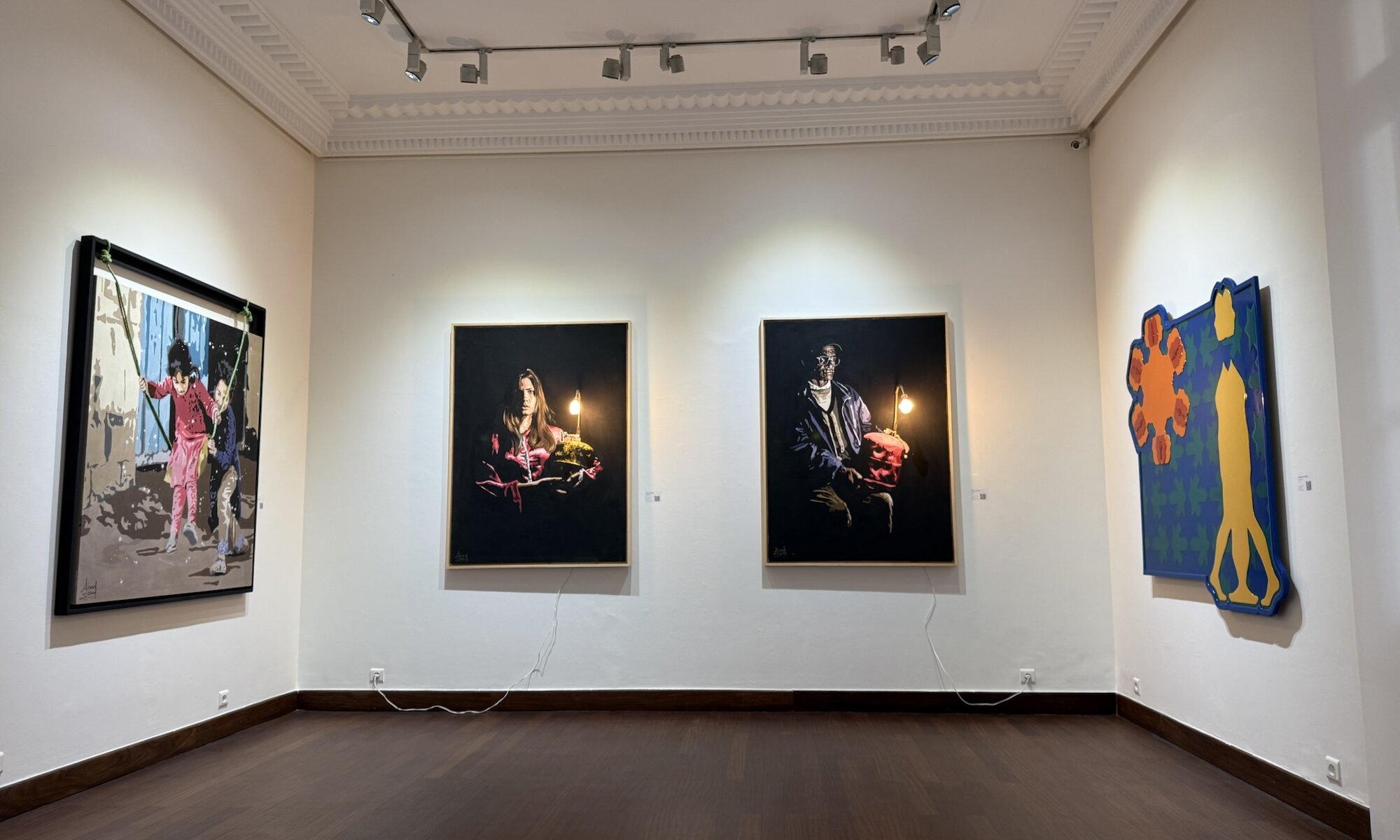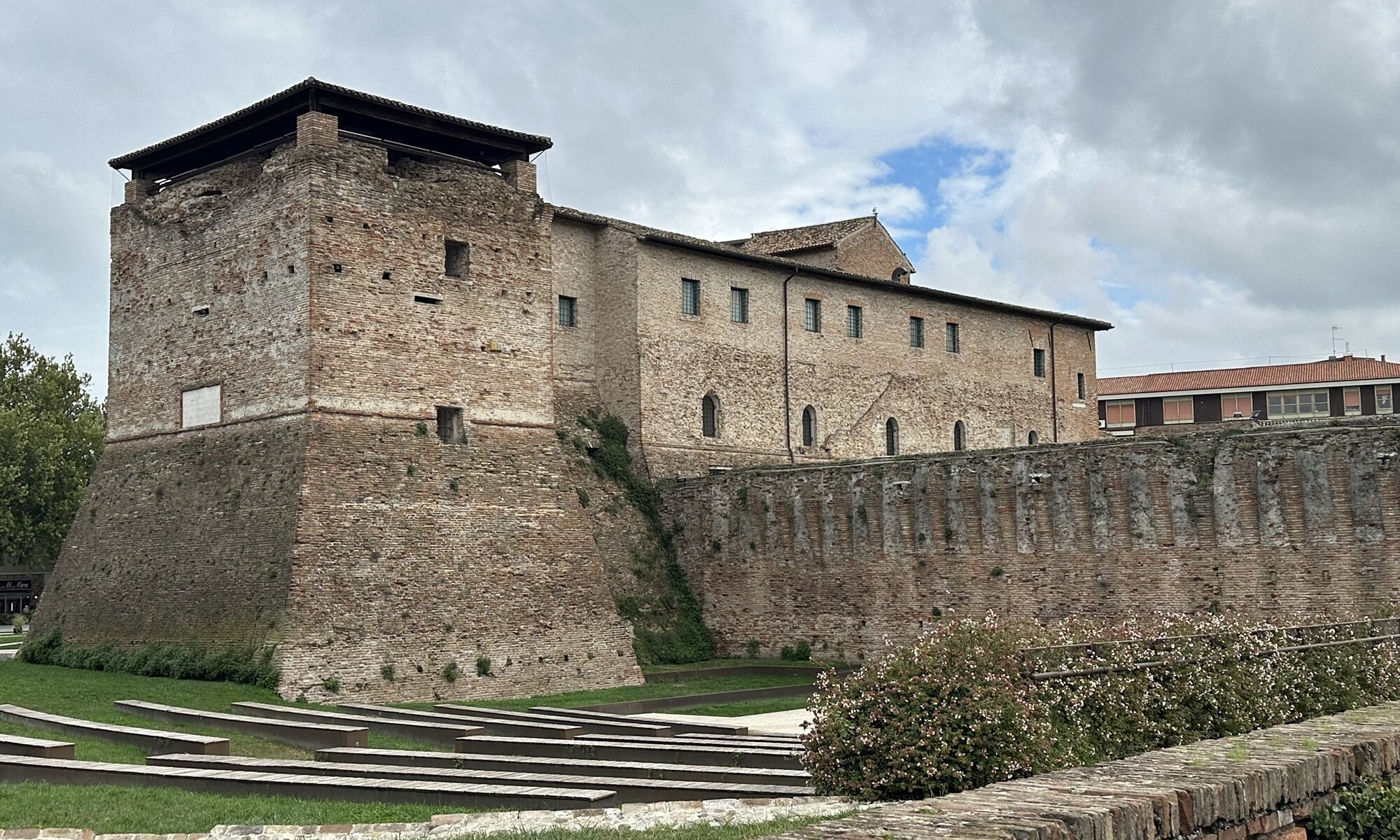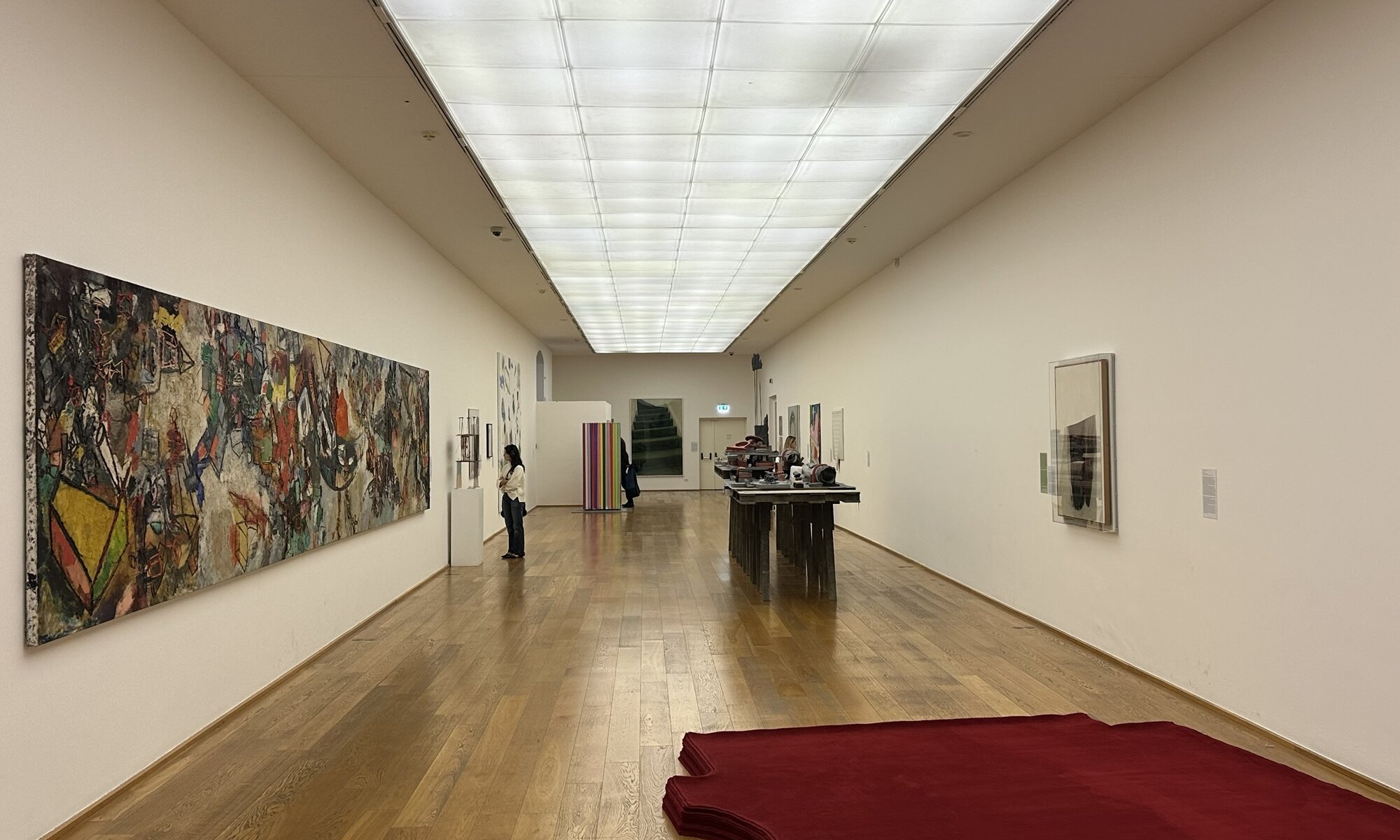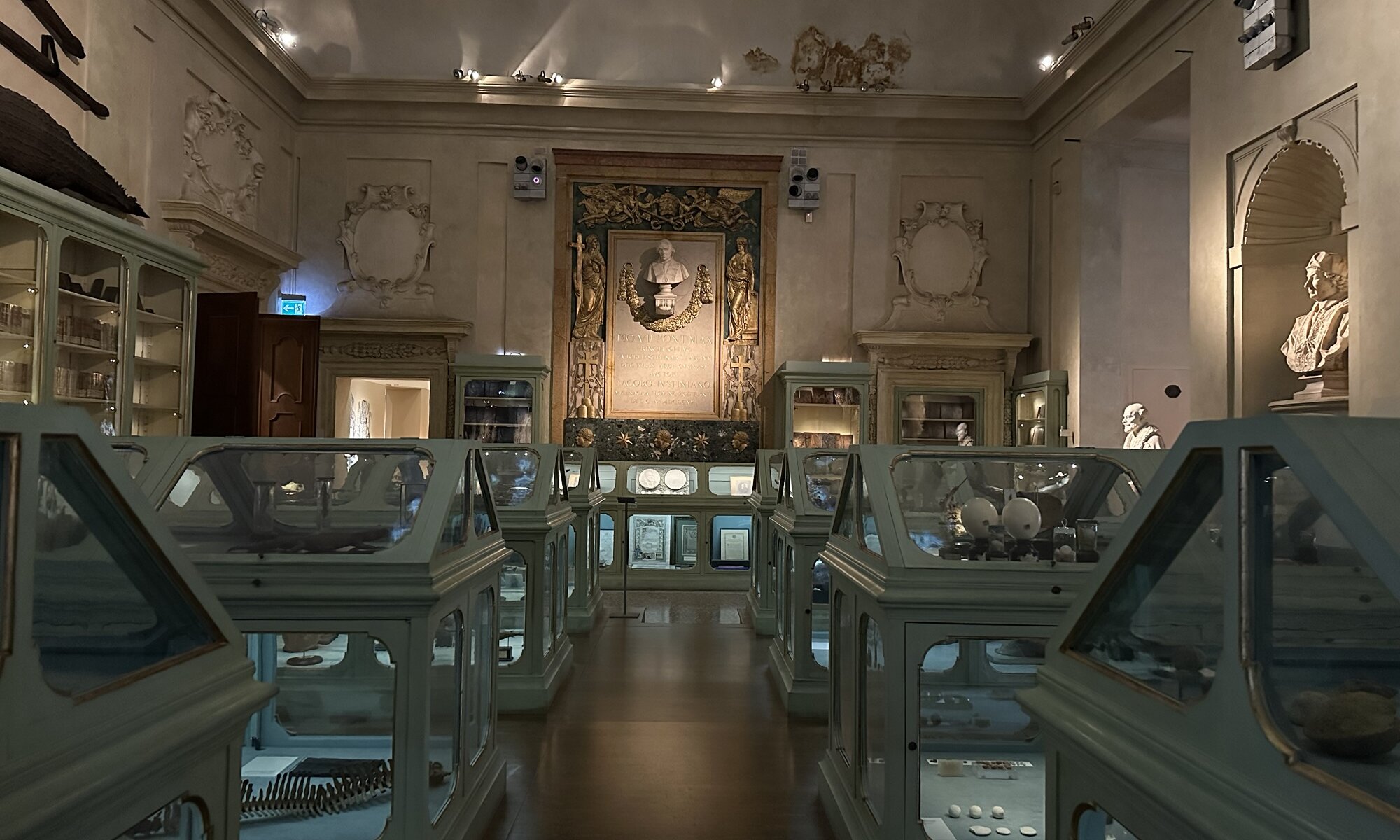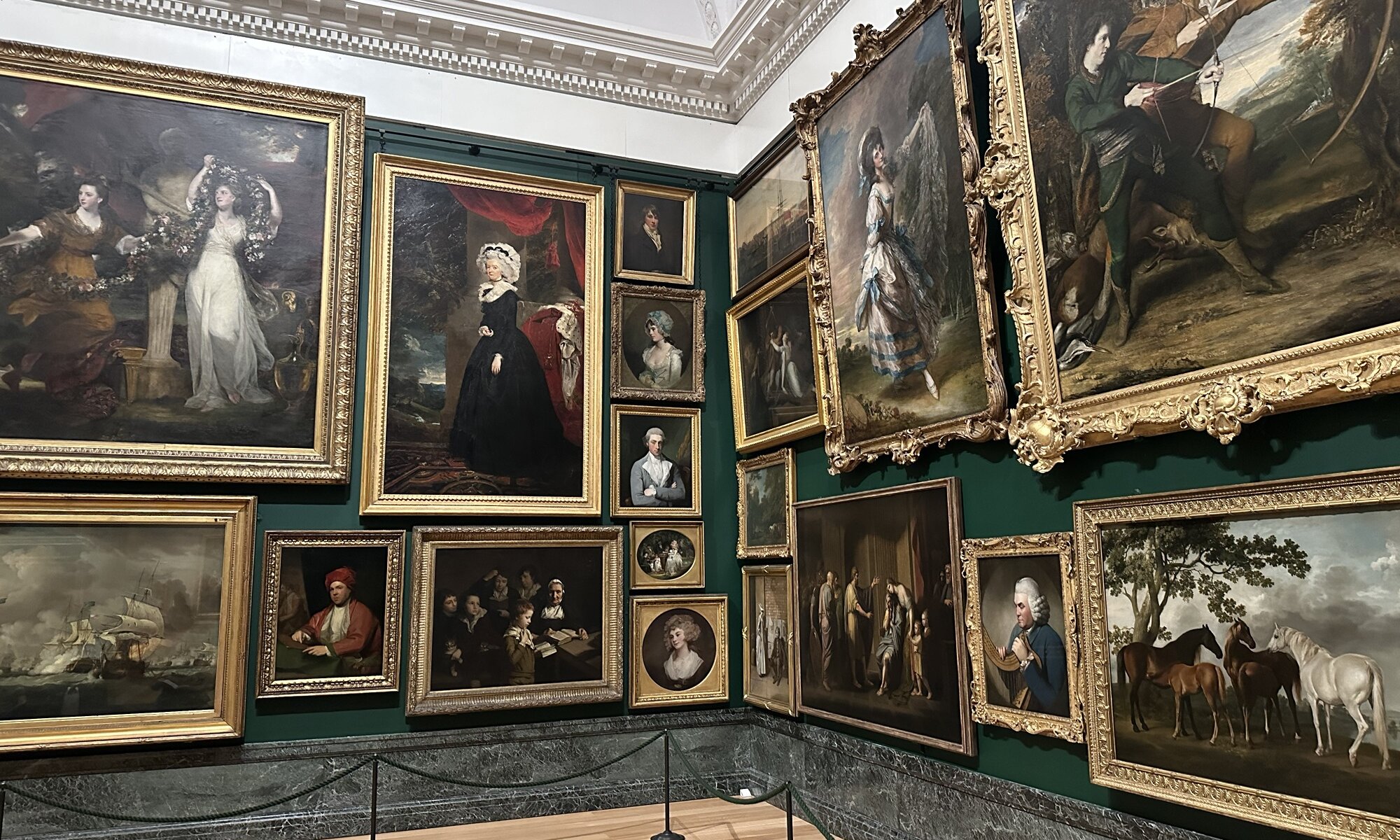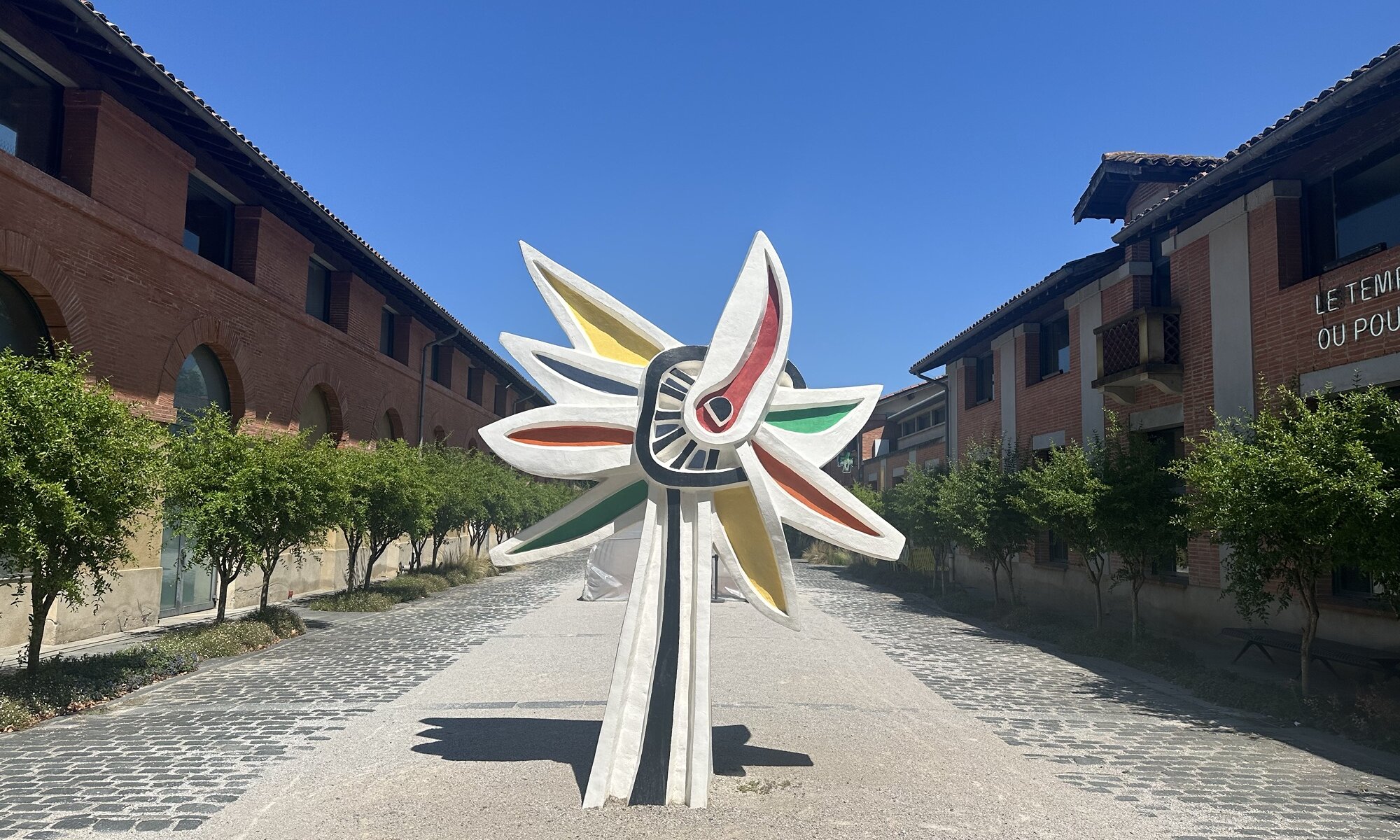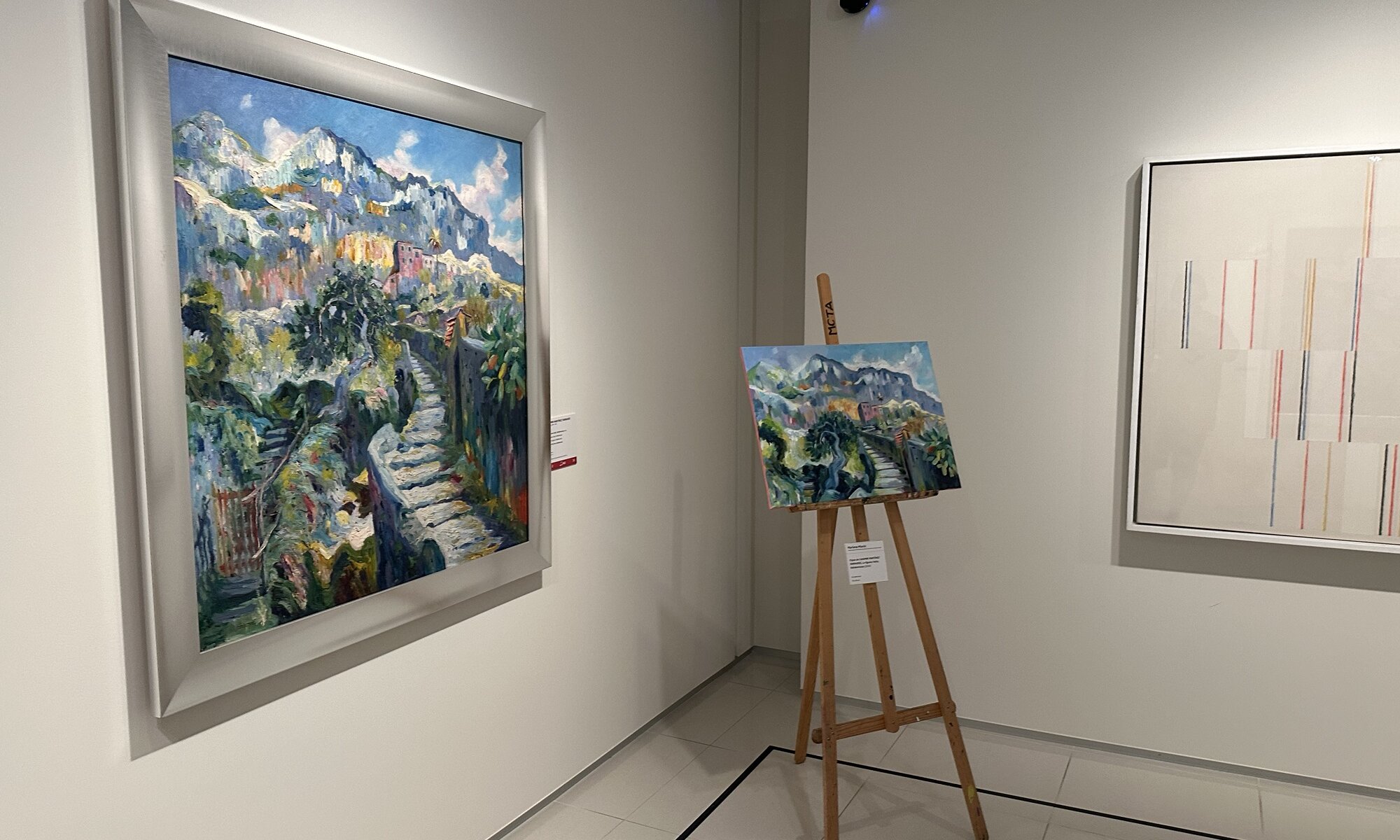Finding the Musée Nejjarine des Arts et Métiers du Bois inside the maze that is constituted by the medina of Fès is quite a challenge. Once you’ve found the Place Nejjarine or Carpenters Square you can enjoy the atmosphere of this place, observe the craftsmen, discover the fondouk (a beautifully decorated fountain) and explore the nice museum. The Musée Nejjarine is an old caravansary, a wonderful building which exhibits the fine works of carpenters on several levels, from doors via chests to wooden weaving machines.
Continue reading “Nejjarine”Art moderne et contemporain
As the capital city of Morocco, Rabat for sure needs a great art museum. Named after the current ruler Mohammed VI, the Musée d’art moderne et contemporain delivers what you would expect: contemporary art presented in a modern environment. Unfortunately, locals often miss the opportunity to see this wonderful museum because of its rather high entrance fee. The museum was opened in 2014 and on two levels artworks of 200 Moroccan artists from the 20th and 21st century can be seen.
Continue reading “Art moderne et contemporain”Villa des Artes
There aren’t too many places in Morocco to see contemporary art, especially local contemporary art. The one place I liked most is the Villa des Artes at Casablanca, located in an art déco villa build in 1934 close to the Parque de la Ligue Arabe. it is not a vast museum, but a beautiful building with two floors full of artworks by current Moroccan artists. While I was visiting the museum a large tent in the garden even extended the available exhibition space.
Continue reading “Villa des Artes”Fellini
Everyone knows the famous Italian filmmaker Federico Fellini. Most famous for his 1960s movie La dolce vita with Marcello Mastroianni and Anita Ekberg (remember the scene at the Fontana di Travi?), his cinematic Œuvre includes 35 movies like La Strada, Amarcord and Otto e mezzo. He died in 1993 at Roma but he was born in 1920 at Rimini – and for sure they had to create a kind of monument for him here. The Museum Fellini can be found across three locations close to each other in the city center: the Castel Sismondo, the Piazza Malatesta in front of it and the modern location within the Palazzo del Fulgor.
Continue reading “Fellini”MAMbo
If you’re looking for modern art at Bologna, make sure to visit the former industrial zone southwest of Bolognas main railway station: former industry buildings like a tobacco factory, a paper mill and a salt storage have been re-purposed. The bread factory is now inhabited by the Museo d’Arte Moderna di Bologna – or short: MAMbo. Large rooms with high ceilings offer the perfect setting to present contemporary Italian art.
Continue reading “MAMbo”Weird collection
The Palazzo Poggi is part of the ensemble of university buildings in the city center of Bologna. It was built for Cardinal Giovanni Poggi in the 16th century and later became the home of the library and a very special scientific collection, the Museo di Palazzo Poggi. The museum contains a lot of ancient scientific displays about nautics, physics, natural history, human anatomy and obstetrics. Seeing this old exhibits in the special style of their creation times is amazing and the museum has an incredible atmosphere.
Continue reading “Weird collection”PNB
Close to the university of Bologna you can discover the national art gallery or Pinacoteca Nazionale di Bologna (PNB). The museum is presenting regional art from the 13th to the 18th century in a former Jesuit building – a nice place to exhibit religious art. The collection is owned by the city of Bologna and you can explore 30 rooms with works from local painters as well as from famous names like Tintoretto, Raphael, El Greco or Giotto.
Continue reading “PNB”Tate Britain
Staying at a capital city like London gives you the chance to have a look at the works of many international artists. But what about the local ones? If you want to see works of British artists the Tate Gallery of British Art (or short: Tate Britain) is your place to be. It contains the largest collection of British art since 1500. Sugar farmer Sir Henry Tate offered his 60 artworks to the British government as the foundation of a new museum at the end of the 19th century. Tate Britain opened in 1897 in a Neoclassicism-style building on the grounds of a former jail in Millbank.
Continue reading “Tate Britain”Les Abattoirs
Well, yes: as the name already says this place at Toulouse was once a slaughterhouse built in 1823. Since the year 2000 it hosts something completely different, an art museum exhibiting modern and contemporary art. The work of Fernand Léger in front of the building is just a small appetizer, inside you’ll find around 3,800 works of art.
Continue reading “Les Abattoirs”Museu Carmen Thyssen
Andorra is a small country and you won’t expect to find many great museums here. But that doesn’t mean that your visit can’t include some art (and history). Thanks to art collector Carmen Thyssen-Bornemisza there is at least a small art museum at Escaldes-Engordany, close to the capital city Andorra la Vella. Small here only refers to the size of the exhibition rooms located on the ground floor of a hotel, the art exhibited here is typically from well-known artists and often includes famous works. But also regional artists are on display at the Museu Carmen Thyssen throughout the year.
Continue reading “Museu Carmen Thyssen”